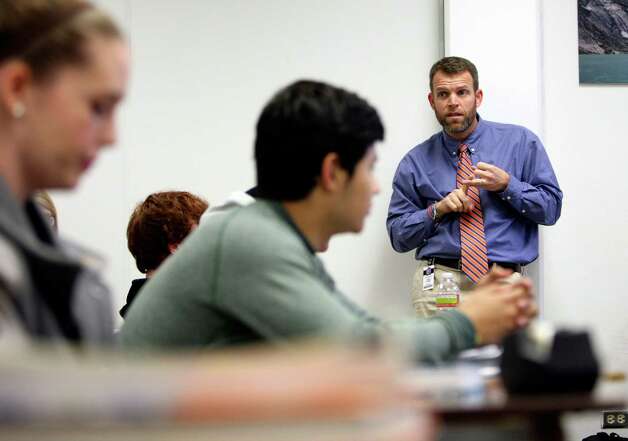 Specifically, the aggregate expenditure associated with a comprehensive plan to modernize the classroom phenom. As reported, "Schools across the nation are reaching for the iPad as the next big thing in classroom technology by equipping students with an interactive way to learn by instantly accessing information through apps and interactive tools."
Specifically, the aggregate expenditure associated with a comprehensive plan to modernize the classroom phenom. As reported, "Schools across the nation are reaching for the iPad as the next big thing in classroom technology by equipping students with an interactive way to learn by instantly accessing information through apps and interactive tools."With respect to the actual investment, roughly $500 - $550 per unit comes the cost of adding additional staff or redirecting existing staff to set up, program, maintain and repair. This comes in the form of either a new technician(s) and or computer teacher(s).
Case in point:
The 2013-2014 Technology budget for our district included 700 new iPads to introduce 2 grades per year (grades 3 & 6, the following two years the installation plan would continue at grades 3 & 6 until the 2015-2016 school year that would yield iPads for all students from grades 3 to 8. This would bring the total count to approximately 2,100 iPads to maintain with the added cost of recycling the first issue the following year. Another concern becomes what happens as the first group of eighth grades exit the middle school: Do they continue the knowledge and use of iPads into their secondary experience?
Some district's jumped out in front with a large purchases absent a planned infrastructure (network) upgrade to accommodate and operate the units at maximum efficiency. The end result is teachers left with the inability to perform basic online tasks because their wireless network is overwhelmed with the large number of additional devices. This diminishes or wipes out the return on investment leaving students with worthless units.
In the words of one Director of Technology, "We're able to do what we do now just barely because of our ability to remote in; however with the iPads, we do not have that ability and therefore require staff at each location or increase wait times as techs would need to be dispatched." "Just to get them on the wireless network, we have to take each unit one at a time to put on the network through settings."
Without adequate staff the initiative could stall or become less productive or unsuccessful.
If you put a new initiative out there that can not be properly supported, not only will it fail; it will have a detrimental and have lasting negative effect on the entire technology plan.




